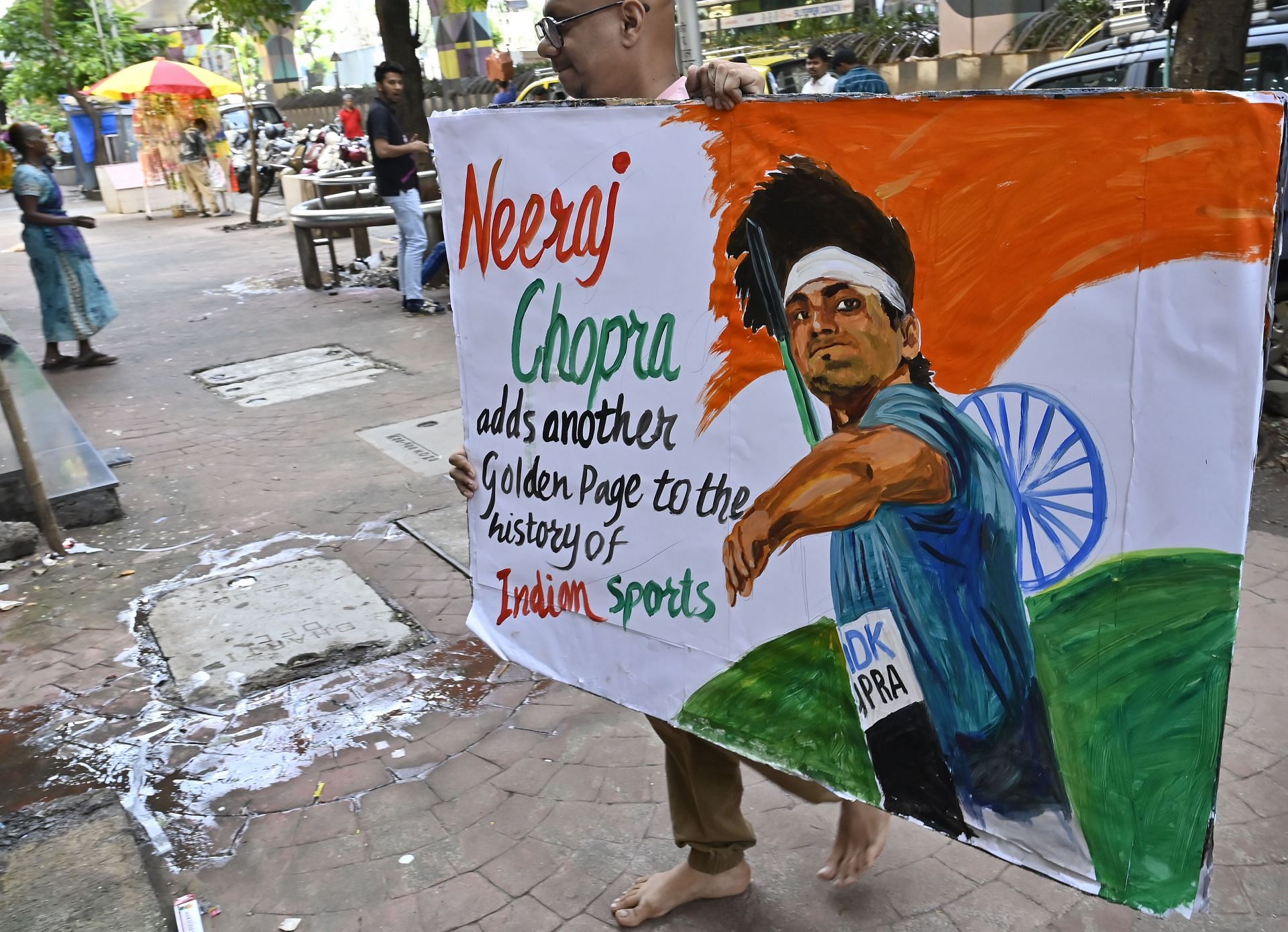
Why August 7 is celebrated as National Javelin Day in India?
National Javelin Day came into existence in India when Neeraj Chopra clinched a gold medal for India in the Tokyo Olympics on August 7, 2021. The Apex body of Athletes came up with a decision to celebrate the day as National Javelin Day to inspire future generations.
Neeraj Chopra made history for India with a throw of 87.58m during the men's Javelin Throw final in 2021. He clinched a gold medal at the Tokyo Olympics, becoming the first Indian athlete to do so in the category. Neeraj Chopra was the second individual who won gold for India in the Olympics after Abhinav Bindra secured gold in shooting for India in 2008.
AFI President Adille J. Sumariwalla declared August 7 as National Javelin Day and said that it would also help in supporting the sport across the country at the grassroots level.
Neeraj Chopra is currently participating in the Paris Olympics 2024, looking to make history again. Chopra is a gold medal prospect for India, and if he is successful, he will become the only athlete to clinch two consecutive golds at the Olympics for India.
National Javelin Day is a result of Neeraj Chopra putting in years of hard work
Winning a gold medal in the Olympics is not an easy task. It requires years of dedication and practice to do so. Neeraj Chopra's journey to Olympic gold began in 2013 when he entered the World Youth Championships in Ukraine. However, his first medal came in 2014 in the form of a silver during the Youth Olympics Qualification in Bangkok.
For Neeraj, 2016 was a good year as he won two gold medals and a silver medal. His gold medals came at the South Asian Games held in Guwahati/Shillong and the World Junior Championships held at Bydgoszcz. In 2017, during the Asian championship, Neeraj clinched another gold in Bhubaneshwar.
His first biggest challenge came in 2018 in the form of the Commonwealth Games at Gold Coast. With a season-best effort of 86.47 meters throw, Neeraj clinched gold for the country.
Ahead of the Tokyo Olympics, he went through rigorous training with German coach Uwe Hohn, biomechanics expert Klaus Bartonietz and physiotherapist Ishaan Marwaha. Hohn helped him improve his throwing technique and claim the podium at the Tokyo Olympics.